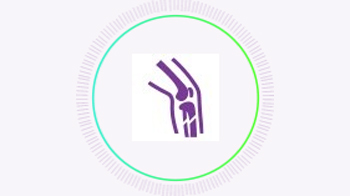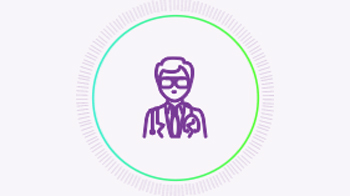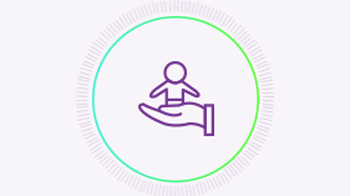
Our team of experienced and well trained pediatric orthopedicians is committed to offer the highest level of surgical and quality care for your child.
The department of Pediatric Orthopedics at Rainbow Hospitals is an advanced orthopedic centre which offers a range of sophisticated orthopedic care for children.

Our team of experienced and well trained pediatric orthopedicians is committed to offer the highest level of surgical and quality care for your child.

A team of dedicated nurses and rehabilitation specialists provide an integrated and holistic approach to musculoskeletal disorders in children and work at the forefront of latest in orthopedic science and technology.

Our top priority has always been to offer our patients the highest quality of medical care.
This condition is commonly known as clubfoot. In this condition, one or both feet of the child are pointing downwards and turn inwards. The affected foot looks like it has been rotated internally at the ankle. Without treatment, people with club feet often appear to walk on their ankles or on the sides of their feet. However with treatment, a majority of patients recover completely during early childhood and are able to walk and participate in athletics as well as patients born without CTEV.
There are two types of CTEV: postural and structural. In postural CTEV, there is usually no bone or joint involvement; rather it involves muscle imbalance and tightness. In structural CTEV however the bone and joints of the foot are involved, thereby, the child's foot cannot be move properly and easily.
The causes for postural CTEV could be any of these: first born baby, big baby which is more than 4kg at birth and decreased fluid surrounding the baby. The causes for structural CTEV are unknown and in some cases, it may be inherited.
Signs and SymptomsThere are different treatment options available. Postural CTEV generally resolves as the baby grows. However, in some cases, physiotherapy intervention for stretching and stimulation to the feet is required.
Structural CTEV on the other hand is slightly more complicated and requires greater intervention. Serial casting and manipulation with minimal surgery may be needed. In more severe cases, surgery may be required. After the surgery, maintenance with special boots and bar till 4 years of age would be needed.
The Ponseti method is the most commonly used and known treatment of talipesequinovarus .It consists of a series of manipulations and manual stretchings and immobilisation by plaster casts and abduction bar. The treatment usually starts within one week after birth.
The therapist manipulates the foot or both feet gently by stretching the tight anatomical structures.
When the foot position has obtained a degree of correction that shows progress to the initial situation, a plaster cast is applied and held on for one week. After one week the cast is taken off, the foot is manipulated again and a new cast is applied to correct the position further.This procedure is repeated until the foot position is normal.
The Ponseti bar is to be held on 23 hours a day for three months and afterwards during night till the age of four. The purpose of this final part is to avoid relapse in later life.Please refer to for more details.